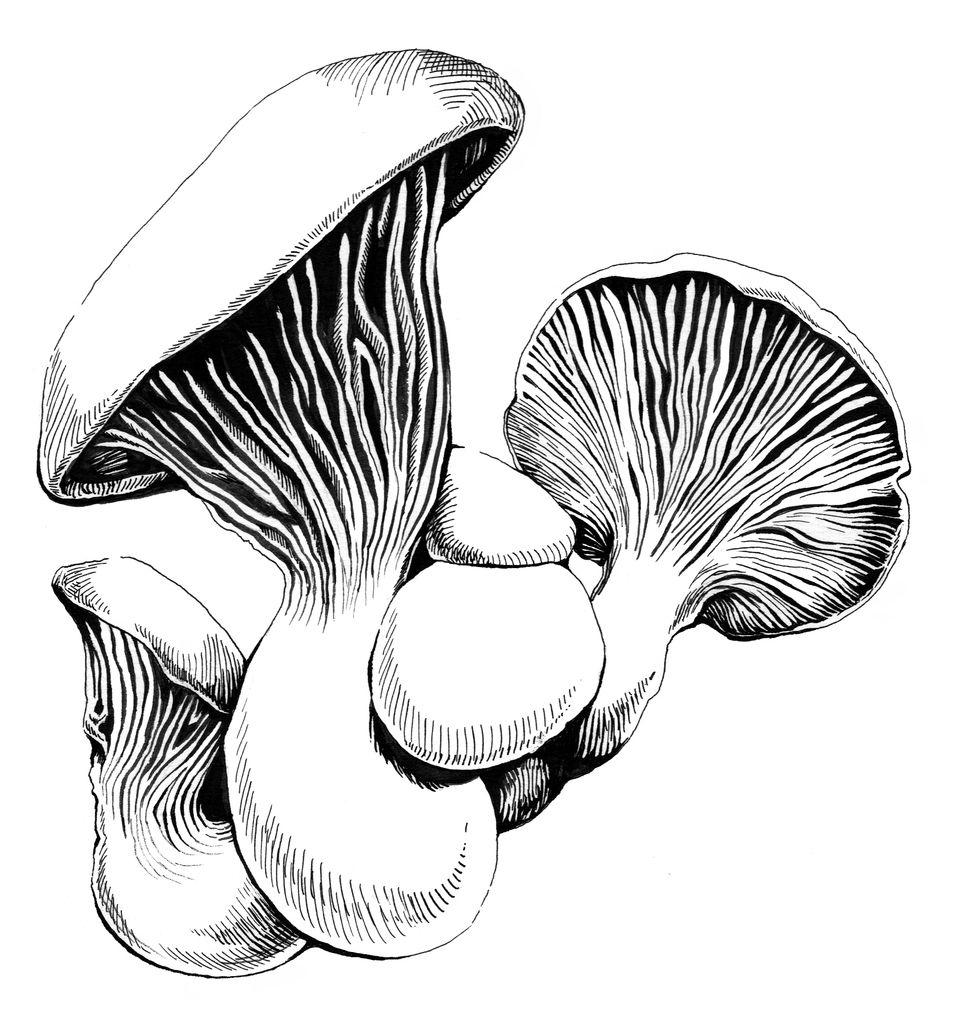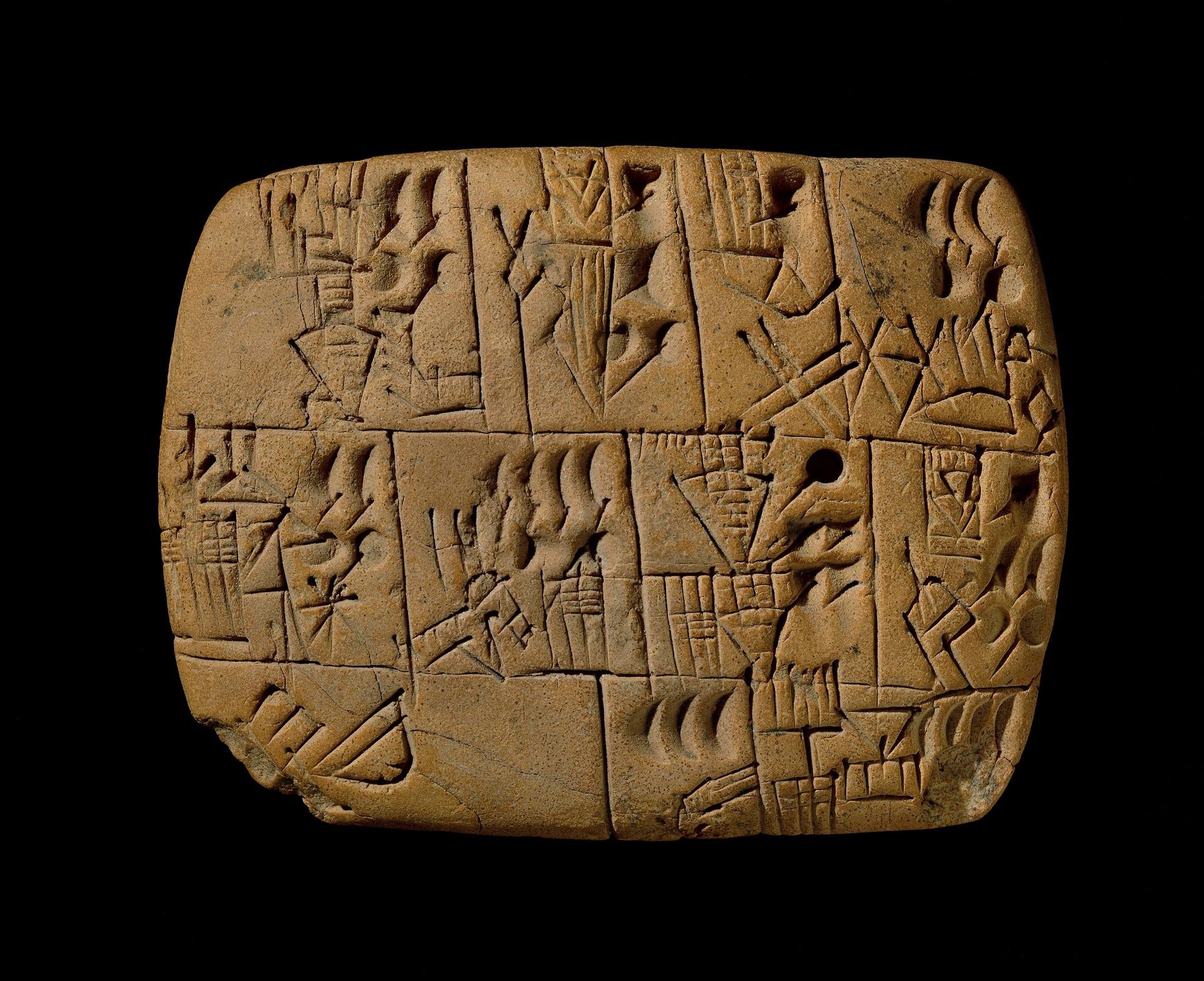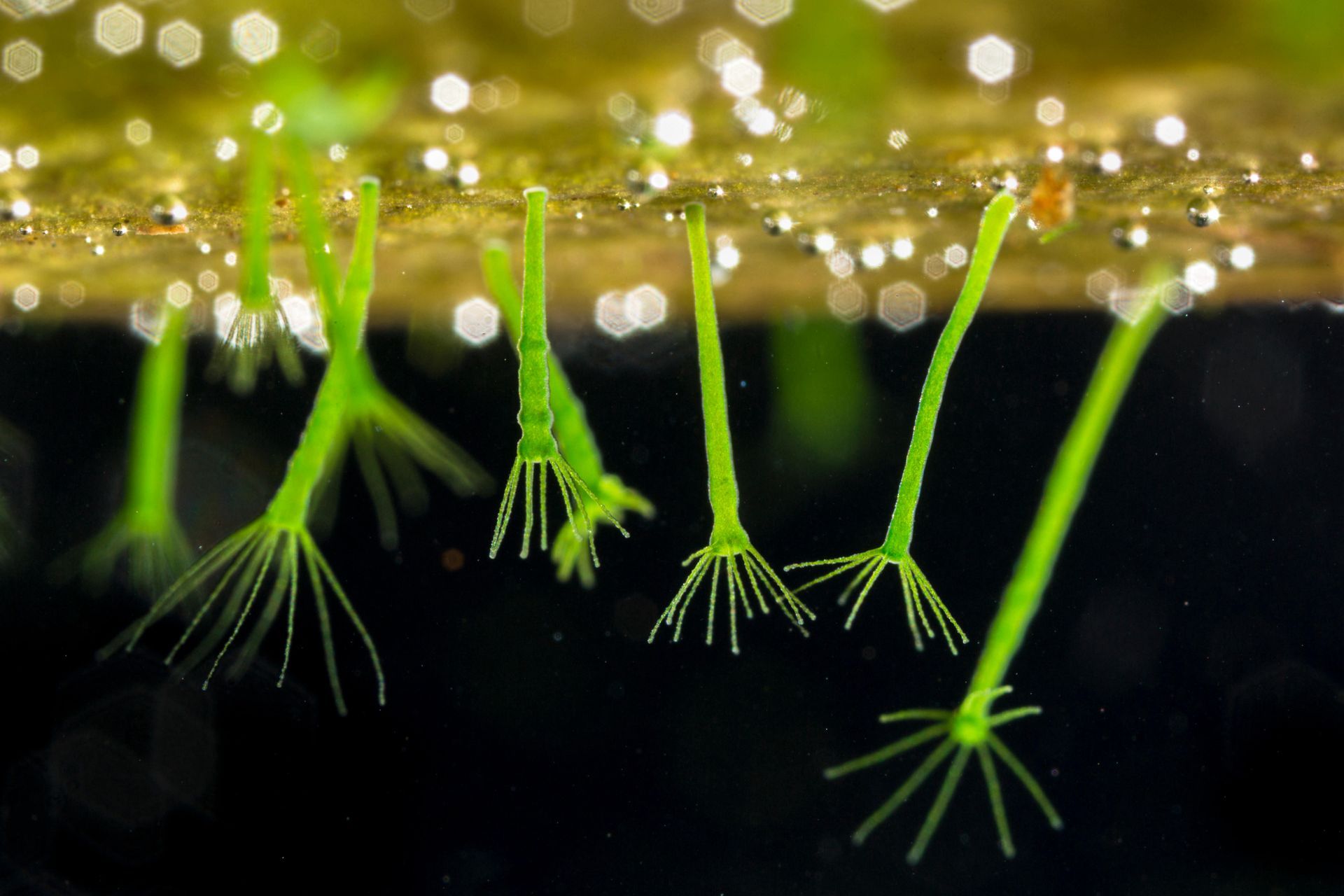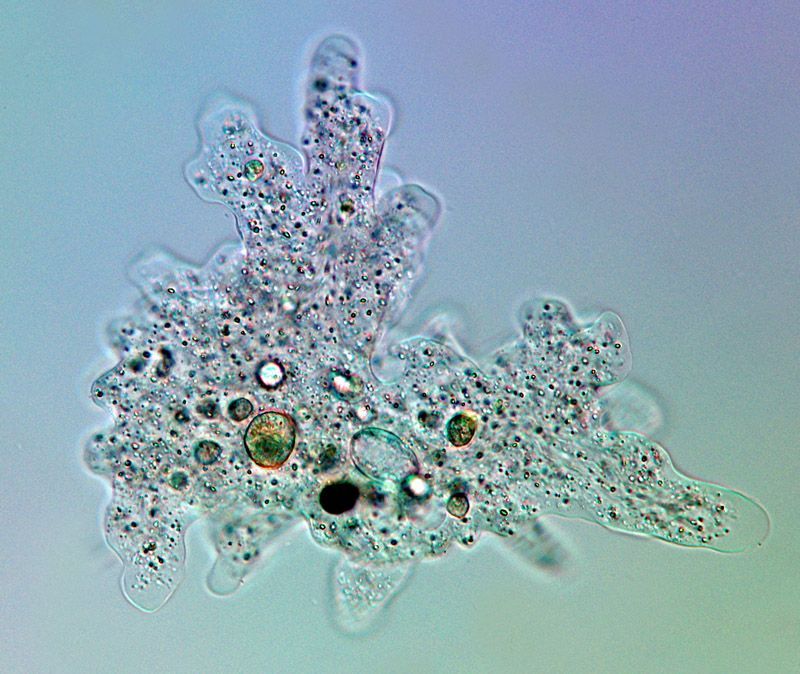The white ferula mushroom is critically endangered
This prized edible fungus has been picked for centuries and alarmingly few fruit bodies reach maturity before they are gathered today.
More than 70,000 species of fungi have been described by fungal biologists, or mycologists, and given Latin names. The pace of new descriptions and the discovery of the genetic signatures of unknown species of fungi in soil and in insect guts, suggest that the real number of species may run above one million. Zoologists have recorded around 70,000 vertebrates and half of these are fish. The IUCN lists 1,601 of these animals as critically endangered, but just two fungi. Many of the fungi studied by mycologists are very widespread, which means that they are unlikely to face extinction any time soon. Other fungi are so poorly studied that we have no way to judge their vulnerability. The white ferula mushroom, Pleurotus nebrodensis, is the only mushroom on the critical list; the other fungus is a lichen.
White ferula mushrooms grow in an area of 100 square kilometers in the northern part of Sicily and nowhere else. This prized edible fungus has been picked for centuries and alarmingly few fruit bodies reach maturity before they are gathered today. The IUCN listing of Pleurotus has helped activists to introduce regulations against picking the mushroom in Sicily. The white ferula mushroom gets its common name from its association with the roots of a plant in the celery family called Cachrys ferulacea. This symbiotic relationship, called a mycorrhiza, supports the fungus and the plant. Sicilian biologists are inoculating Cachrys roots with the fungus to establish more of the fruiting colonies. Conservation by farming the endangered mushroom is comparable to breeding rhinos and tigers in zoos.
Update: Pleurotus nebrodensis was listed as Critically Endangered in 2006. Two additional species received this ignominious award in 2015: Bridgeoporus nobilissimus, bracket fungus that lives on fir trees in old growth forests, and Destuntzia rubra, a truffle. Both species have been decimated by habitat loss in the Pacific Coast of the United States. The only other fungi on the critical list are a pair of lichens.





